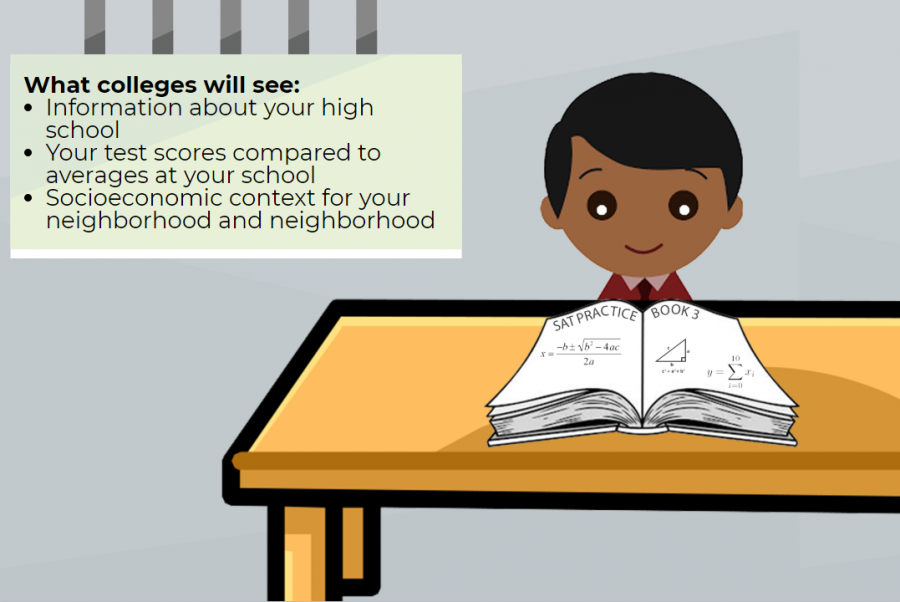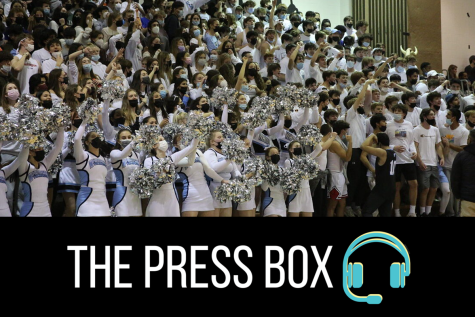In response to criticism, College Board revises adversity score
October 22, 2019
In response to criticism from parents and educators, the College Board restructured its Environmental Context Dashboard on August 27, a program originally designed to provide colleges and universities with standardized information about a student’s socioeconomic background.
The old Environmental Context Dashboard examined students’ backgrounds in three ways: it compared a student’s SAT score with averages at his or her high school, provided general information about the student’s school and gave the student an “adversity score” which ranged from one to 100, with a higher number indicating a higher level of disadvantage. The score was based on composite information taken from a student’s high school and neighborhood — including crime rates, AP student enrollment and the number of students eligible for free or reduced-price lunches.
The score received backlash as soon as the College Board announced to the public last spring that the Environmental Context Dashboard program would be expanded to broad use by colleges and universities by the 2020 school year. Since then, the College Board has made revisions to the program, rebranding it as “Landscape.”
This 2019-2020 school year, Landscape will present information about adversity in a student’s high school and neighborhood environments as two separate numbers rather than one combined score.
Additionally, any student with a College Board account will be able to view their own adversity information by the 2020-2021 school year.
Many educators criticized the old adversity score for oversimplifying a complex issue by reducing students’ hardships to a single number.
“The problem with combining the neighborhood and the school into a single score is that it left the impression that that was the sum of the adversity that a student faced,” said Richard Kahlenberg, Director of K-12 Equity at The Century Foundation. “But of course, there’s this powerful component that has to do with the family that a student comes from, the level of education of students’ parents, the income level of the parents, those sorts of things.”
Others disliked the fact that while universities could view this quantified representation of a student’s adversity, neither the student nor his or her parents had access to the number.
American University admissions officer Jeremy Lowe is optimistic about the changes the College Board has made.
“I think the intention really is to just open up the data and try to have a better understanding of the many nuances that come into play when you consider a student’s environment,” Lowe said.
Despite the revamped program, some people are still skeptical about its effectiveness. Public Education Director of Fairtest Bob Schaeffer said that the revisions made to the Environmental Context Dashboard still aren’t enough to make a difference in the overall fairness of the admissions process.
“They really haven’t abandoned the adversity score — they repackaged it and changed the name,” Schaeffer said. “The College Board clearly heard the criticism, but instead of addressing the fundamental concern, they repainted it and made minor tweaks.”
Even if Landscape isn’t a perfect solution to the socioeconomic disparity in the admissions process, Lowe said that the issue is one that needs to be addressed.
“I think socioeconomic status is such an important variable in a student’s progression, or really anyone’s progression through life,” he said. “If you are in a low-income environment, you’re going to have fewer opportunities available to you at every step of the way; I think it’s important that colleges take that into consideration.”








